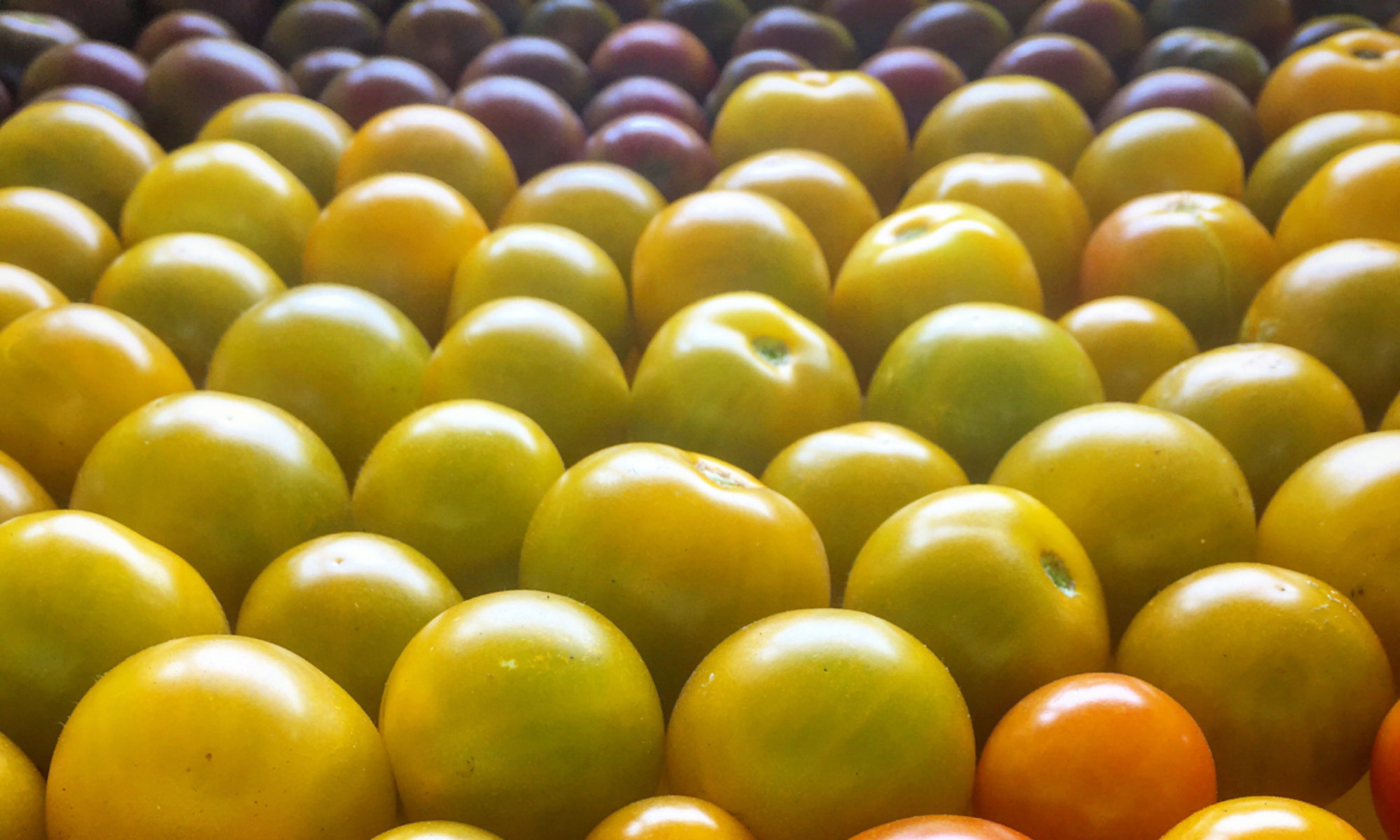
I was listening to an interview with Jean-Martin Fortier on The Ruminant podcast earlier today where he was talking about his use of tarps. I’m not a big fan of plastic, both from an environmental and an aesthetic standpoint. Jean-Martin is a little flippant about it, but I think he’s right when he says we just need to get over our aversion to plastic as market gardeners. I’ve had similar discussions with Tom Denison in the past and Tom’s insightful and experienced attitude is that the reality is that the amount of plastic used for covering ground is actually pretty small due to the very thin films and even the tarp thicknesses that are used and that even though it’s not ideal, it does make the soil texture underneath pretty amazing, it suppresses weeds reducing needs for further disturbance of the soil (and the resulting diesel and/or labor), and the plants respond well to it, increasing yield per space.
I don’t use much plastic, but Jean-Martin’s discussion of how he uses tarps is inspiring and also reminds me of a technique that I used to use when I was growing on a smaller scale than I am now, although it could be used on a larger scale too.
In the early spring here in the Northwest, the soil can be slow to dry out and to warm up, even though the temperatures are close to appropriate for planting pretty much through the entire winter. What I would do is to cover a bed with clear plastic (leftover greenhouse plastic scraps) to warm it up and to protect it from the rain, drying it out a little bit. Then I would prep the bed and seed it and put the clear plastic on. The trick was to take the plastic off just before the seed germinated so that I didn’t fry the seedlings, usually this was just a few days. This works well when it’s raining and overcast but you want to get early seeds in. If the weather is sunny and dry it’s not so necessary but the plastic can keep the moisture higher in the bed.

It’s a little funny that I’m trying to keep the moisture of rain off of the seed, but in our climate here in the NW we have so much moisture in a typical spring that it’s better to moderate that moisture with the plastic, and it also helps to protect the seed from rotting or getting washed out of the soil. It’s also funny that the plastic, in dry conditions, has the opposite effect, and it keeps the moisture higher in the soil, essentially holding in humidity and improving germination that way.
I think I originally got the idea from Tom Denison who was probably telling me about doing something like that with early potatoes. I used it for mustards and other salad greens and definitely had much better stands early in the year when trialing it against uncovered ground or even ground covered with floating row cover.
Now I’m thinking more about how I can use JM’s tarping techiques effectively in our Pacific NW climate and also about the possibility of going back to using some of the clear plastic on some of our early salad seedings. The goal here would be to offset the plastic’s environmental impact by reducing our tractor useage, and increasing our yield per bed (which is essentially also reducing our tractor useage).

